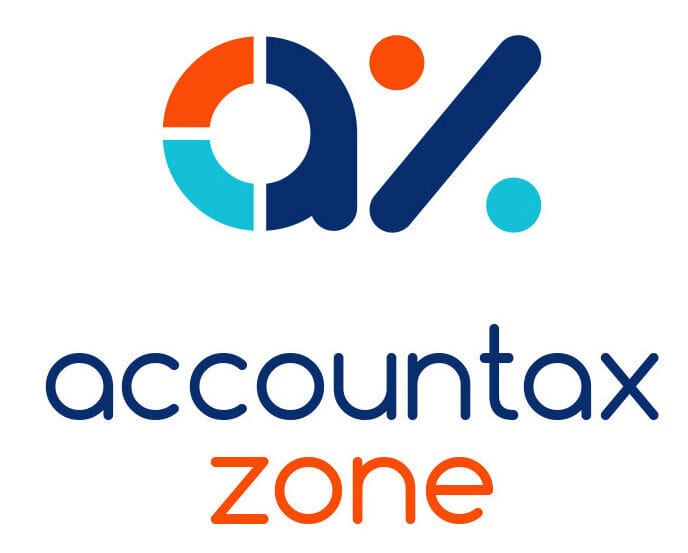The VAT flat rate scheme is a simple VAT scheme for smaller VAT-registered businesses. Rather than pay the difference between the VAT charged to customers and that incurred on business purchases over to HMRC, traders using the flat rate scheme instead pay a fixed percentage of their VAT-inclusive turnover to HMRC. The percentage depends on the sector in which the business operates and contains an allowance for VAT incurred on purchases, as under the scheme traders cannot deduct this from what they pay. The record-keeping requirements are less onerous too.
Eligibility
The scheme is open to traders who are eligible to be registered for VAT or who are already registered and whose annual turnover excluding VAT is not more than £150,000. The business must not be associated with another business.
Once within the scheme, a trader can remain in it as long as their annual turnover does not exceed £230,000. However, if turnover exceeds this limit temporarily, HMRC may allow the trader to remain in the scheme if they are satisfied that the trader’s turnover in the next 12 months will not exceed £191,500.
Traders using another VAT scheme cannot join the flat rate scheme. If a trader leaves the scheme, they cannot rejoin until 12 months have elapsed.
Traders can either join the scheme online when they register for VAT or, if they are already VAT-registered, by completing form VAT600FRS.
You may also like to read: Setting up as a sole trader
The flat rate percentage
The flat rate percentage that is used to determine the VAT payable to HMRC for a quarter depends on the business sector in which the business operates. The percentages can be found on the Gov.uk website at VAT Flat Rate Scheme – How Much You Pay.
A flat rate percentage of 16.5% applies to businesses that meet the definition of a ‘limited-cost business’, regardless of the sector in which they operate. This is the case where goods cost less than 2% of turnover or less than £1,000 (where costs are more than 2% of turnover). Money spent on services is not taken into account in working out whether a business is a limited-cost business.
A business receives a 1% discount on their flat rate percentage for the first year in which they are in the scheme.
Calculating the VAT due
The VAT due to HMRC for the quarter is found by applying the flat rate percentage to the VAT-inclusive turnover for the period.
Example 1
Diana runs a ladies’ clothes shop. In the quarter to 31 July 2024 her turnover including VAT is £36,000. Her flat rate percentage is 7.5% (retailing not listed elsewhere). She must therefore pay over VAT of £2,700 to HMRC (£36,000 @ 7.5%).
Example 2
Eve is a bookkeeper. In the quarter to 31 July 2024, her VAT-inclusive turnover is £12,000 and her relevant costs are £175. As her costs are less than 2% of her turnover, she is a limited-cost business. The VAT for the quarter is calculated using the flat rate percentage of 16.5% applying to limited-cost businesses rather than that for her sector of 14.5%. She must therefore pay VAT of £1,980over to HMRC.
You may also like to read: Will paying voluntary NICs boost your pension?
Is it worthwhile?
The scheme will save work. Traders using the scheme do not need to keep detailed records of sales and purchases. However, while the flat rate percentages are all lower than 20% (the standard rate of VAT), the scheme will not necessarily save money. Before signing up, it is useful to compare the amount payable under the scheme with that payable under the traditional method to see whether the scheme works for you. Limited-cost traders can end up worse off. The flat rate percentage for limited-cost traders at 16.5% of VAT-inclusive turnover is equivalent to 19.8% of VAT-exclusive turnover, leaving a very narrow margin to recover VAT on purchases. As services are not taken into account in determining whether a business is a limited-cost business, if the trader incurs a lot of VAT on services, the flat rate scheme may leave them out of pocket.
There is no substitute for doing the sums.
Partner note: The Value Added Tax Regulations 1995 (SI 1995/2518) regs. 55A –55V; VAT Notice 733 Flat Rate Scheme for small businesses.










